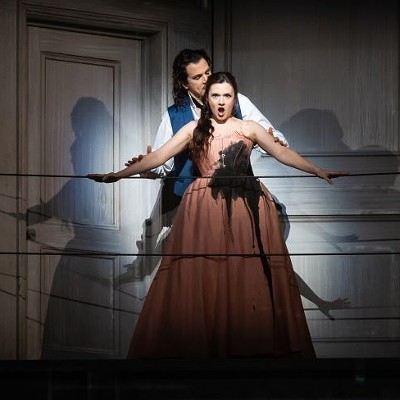And it helped propel the bossa nova craze that filtered through many a "Mad Men"-era suburban living rooms and live music clubs. A recently issued golden anniversary reissue of Getz/Gilberto (Verve/UME) brings together the complete mono and stereo versions of the record, along with the A and B side of the "Ipanema" single.
That the songs even exists is something of a fluke.
Speaking not a word of English, Joao Gilberto was somewhat intimidated by both being in loud and wild New York and his shotgun musical marriage to Getz, who he was put together with by Verve producer Creed Taylor. Terrified of public spaces, just getting him out of his hotel room to the studio was often a challenge.
He was often calmed by his 22-year-old wife Astrud, who also acted as his translator. The couple would also sing together quietly in the studio to each other.
One day, as Astrud was singing the Portuguese song - originally written with music by Jobim and lyrics by Vinicius de Moraes - to no one in particular while the band was rehearsing. Taylor took notice.
Thinking that a track or two with English lyrics would help the album's radio airplay, he commandered lyricist Norman Gimbel to quickly write different, English lyrics to the melody.
And though not professional or even amateur singer, Astrud was drafted to do the vocal duties. Her breathy, halting, and sensuous-but-innocent delivery turned out to be simply perfect for the number, making listener forget that the words are actually from a male point of view.
"No one would have thought when they arrived at A&R Studios on that Monday evening in 1963 that they were about to give jazz such an amazing boost in popularity," Havers continues. "In fact, Getz thought of it as [just] another record to capitalize on the success of his previous one."
Yes, while the best known record of the genre, Getz/Gilberto was not the first one - or even the first Getz or Getz/Jobim effort - to bring the sound to American audiences.
The groundwork was laid in 1961 when the U.S. government sent jazz guitarist Charlie Byrd on a musical diplomatic tour of South America (Louis Armstrong and Dave Brubeck also famously made these goodwill trips). Havers notes they were seen as a way to export U.S. culture as a "positive political tool."
While there, Byrd picked up records by Gilberto and Jobim, and later played them for both Taylor and Getz. Both were convinced that a Latin-influenced jazz record could sell. The duo did some initial jazz samba recordings that were never issued, but slowly began to build a band of players and play live gigs.
Then, 1962 saw the release of Getz and Byrd's Jazz Samba. And while it was a huge hit, Getz wasn't satisfied with the sound. He felt Byrd's ability to produce the intense Brazilian sounds on the records was limited and not the real deal. The saxophonist next released Big Band Bossa Nova with an orchestra, and then paired with Jobim for the first time on Jazz Samba Encore!
The stars were just about aligned, and the addition of Gilberto was all that was missing. And the stage was set for Getz/Gilberto, released more than a year after recording began.
After its release, Getz and Gilberto hit the road to support their effort. Ironically, after seeking wider fame for 20 years and finally finding it, Getz was reluctant to include too much bossa nova in his set for fear of being seen as "selling out."
The notoriously unreliable and erratic Joao Gilberto would sometimes show up for gigs and sometimes not. Eventually, Astrud was added to the bill as a replacement. But the musical triangle was also a love triangle, as the Gilbertos divorced in the wake of the album when Astrud and Getz began a short-lived relationship.
Getz would continue to tour and record bossa nova music through 1966, switching to cool jazz and fusion later, and died in 1991. Now 83 and 74 respectively, Astrud and Joao Gilberto had lengthy careers and still occasionally perform - though not as a duo.
"This was such a groundbreaking album, and it's considered one of the 'desert island discs' by a lot of jazz enthusiasts," Kevin Reeves - the sound engineer who remastered the record for the current reissue - sums up while also giving credit to the original recording engineer, Phil Ramone. "The music is still inviting, romantic, and hip!"
And you know, there really was a Girl from Ipanema. The song was written in honor of 19-year-old Heloísa Eneida Menezes Paes Pinto, who lived in the Ipanema district in Rio de Janeiro.
In her daily routine, the tall, stunning beauty would stroll past the Veloso bar-café, sometimes going in to buy cigarettes for her mother, to the eye-following and vocal attention of men. It was during the winter of 1961 that Jobim and Moraes witnessed this incident firsthand. And the rest, as they say, is music history...






